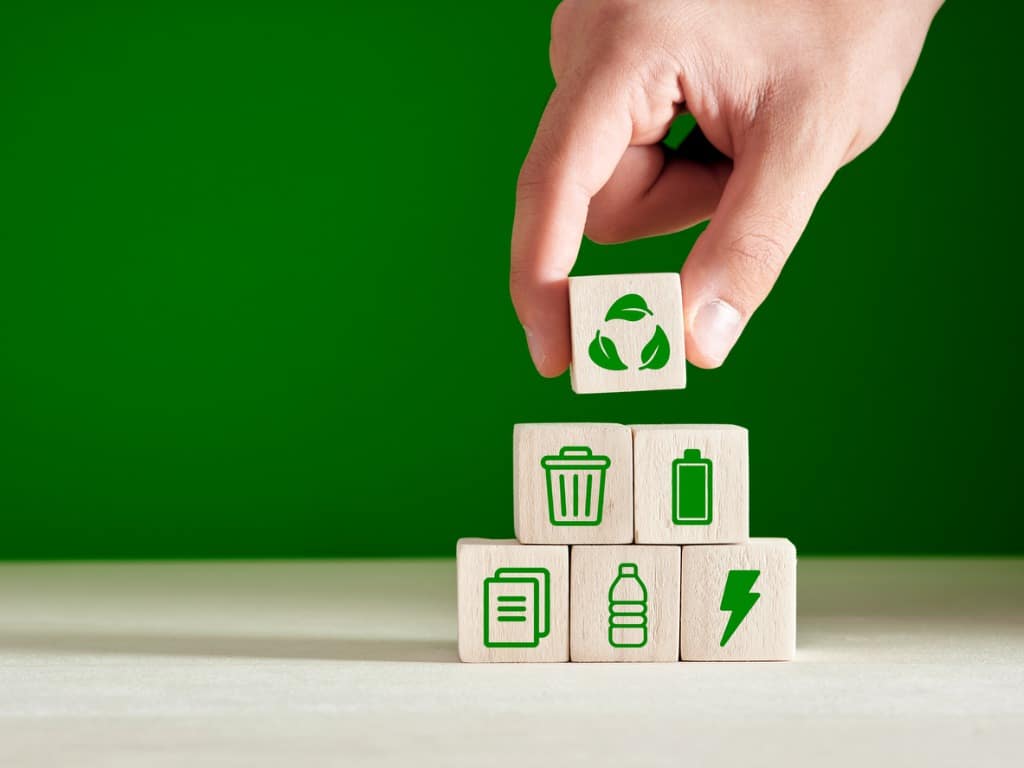The Hidden Cost of Fast Fashion: Why Your Clothes Are Destroying the Planet
Every time you buy a new shirt, dress, or pair of jeans, do you ever stop to wonder: What did it take to make this?
Fast fashion has revolutionized the way we dress. New styles hit stores weekly, and prices are so low that buying clothes has become almost as casual as grabbing a cup of coffee. But behind the glitz and glamour of trendy outfits lies a dirty, wasteful, and highly polluting industry that is one of the biggest threats to our planet.
This blog uncovers the shocking truth about fast fashion, why it’s a major environmental disaster, and—most importantly—what we can do about it.

The Ugly Truth: Why Fast Fashion is an Environmental Disaster
1. The Fashion Industry is Draining Our Water Supply
It takes 2,700 liters of water to make just one cotton T-shirt—enough drinking water for one person for 2.5 years. A single pair of denim jeans? 7,500 liters.
Much of this water, once used, gets dumped back into rivers and lakes, heavily polluted with dyes and toxic chemicals. A notable example is the Citarum River in Indonesia, which has become one of the most polluted rivers due to the textile industry.
2. Your Clothes Are Made of Plastic (and They’re Polluting the Oceans)
Many fast fashion garments are made from synthetic fibers like polyester, acrylic, and nylon. These materials shed microplastics when washed. These tiny fibers flow into waterways and are consumed by marine life—and ultimately, by us.
Every year, around 500,000 tons of microplastics from clothing end up in the ocean, the equivalent of 50 billion plastic bottles.
3. The Problem of Textile Waste
About 85% of all textiles end up in landfills or are incinerated, resulting in 92 million tons of textile waste annually.
Many donated clothes are sent to developing countries, overwhelming local waste systems. In Ghana, for instance, second-hand clothes flood beaches and dumps, contributing to environmental degradation.
How Can We Fix This? 5 Ways to Make Fashion Sustainable
1. Buy Less, Choose Better
- Invest in high-quality, long-lasting clothes.
- Choose timeless styles over fast-changing trends.
- Avoid impulse shopping—take time to consider your purchases.
2. Choose Natural & Sustainable Fabrics
Better choices include:
- Organic cotton
- Hemp
- Linen
- Tencel
Fabrics to avoid:
- Polyester
- Acrylic
- Nylon
- Blended synthetic fabrics
3. Shop Second-Hand & Thrift Stores
- Buy from thrift shops, charity stores, or platforms like Depop or Poshmark.
- Swap clothes with friends or host a swap event.
- Upcycle old clothes into something new and creative.
4. Support Ethical & Sustainable Brands
Look for brands that are transparent and certified by:
- Fair Trade
- GOTS (Global Organic Textile Standard)
- OEKO-TEX
Examples of ethical brands:
- Patagonia
- Reformation
- Eileen Fisher
5. Wash Smarter to Reduce Microplastic Pollution
- Wash clothes less frequently and only when needed.
- Use cold water and gentle cycles.
- Use microfiber-catching laundry bags to filter synthetic fibers.
- Air dry instead of using a dryer to reduce energy use and fiber shedding.
The Future of Fashion: Can We Make It Sustainable?
Innovators are now developing compostable fabrics and biodegradable materials. Some companies are embracing circular fashion, designing garments to be reused or fully recycled. Consumer pressure is forcing brands to be more transparent and eco-conscious.
We can drive change by making more mindful choices. The fashion industry doesn't have to destroy the planet—real change starts with us.